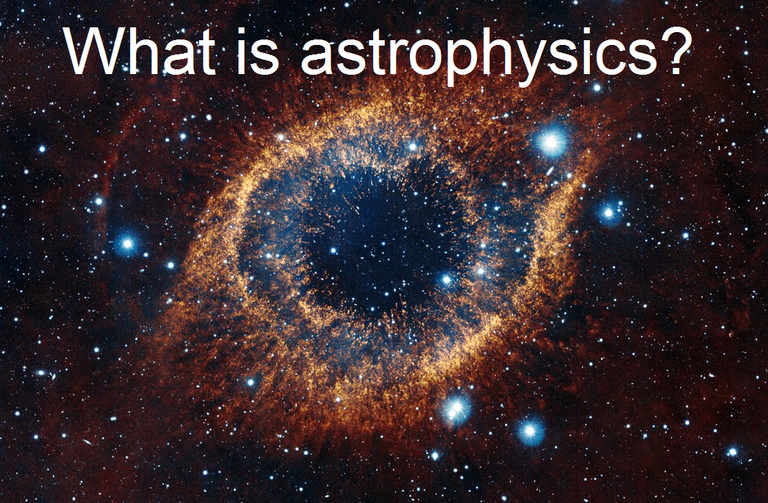
Astrobiology (also known as exobiology) is the study of the origin, evolution, and distribution of life here on Earth and—more importantly—the entire universe. Using existing origin theories and models, this relatively new branch of astronomy is primarily focused on analyzing and discovering the amazing possibility of extraterrestrial life.
Astrobiologists face some distinct problems in their work. Many planets are completely unsustainable to life as we know it. Scorching or freezing temperatures, seemingly gentle rain that would actually burn the skin off of your body, or hurricanes the size of Earth itself are quite common planetary conditions in the universe. Astrobiologists attempt to simulate the possibilities of life cropping up in these unlikely conditions. Whether or not a life form can survive in these types of environments will reveal just how diverse and adaptive it is. Despite nature seeming like a sadistic asshole, there is striking evidence for the resilience of life. Astrobiologists have outlined four requirements for life to survive:
- A liquid solvent in which molecules can move freely and interact.
- An energy source.
- An atom which allows complex structures to exist.
- A sh*t load of time.
Considering that certain life forms here on earth have defied some of these requirements, it’s logical to presume that there is indeed extraterrestrial life. The fact that the conditions can literally be terrible and life can still survive, is enough to convince me there are almost certainly other forms of life in the universe.
Additionally, if we do find evidence of other life forms in the universe, they will probably look almost nothing like little green men with large heads and telepathic abilities (although, that would be awesome). In fact, astrobiologists hypothesize that extraterrestrial life will most likely be far more exotic and diverse than anything we can possibly imagine. Nature has certainly shown that it has one hell of an imagination.

Astrochemistry is the study of chemical reactions that occur naturally in space. Since molecules are capable of interacting with greater ease in space, and since some stubborn molecular reactions can only exist in space, astrochemists use spectroscopy, radio astronomy, and the electromagnetic spectrum to detect and examine a large variety of molecular reactions. An astrochemist has the incredibly exciting task (no sarcasm intended) of thoroughly examining these chemical processes, collecting relevant data, and trying to understand how they arrived at their particular state.
The primary way in which molecules undergo formation in space is inside molecular gas clouds (through a process called photodissociation, which is the breaking up of molecules by exposure to light). Dust particles act as a playground for atoms, ions, and molecules to hang out and react. An astrochemist studies the molecular processes in these clouds and compares the results with the molecular processes here on Earth. This can provide a unique insight into how our own planet’s chemistry evolved. In fact, in the last 4 years, astrochemists have discovered cosmic dust that contains organic matter, a distant star system that contains RNA, and many other fascinating discoveries that continue to strengthen the evidence for our own building blocks coming from space!
Fun fact: Carl Sagan did some amazing research in astrochemistry. In 1992, he published a paper titled, “Titan: a laboratory for Prebiological Organic Chemistry.” He also made a compelling case on the possibility of extraterrestrial life by demonstrating a successful laboratory synthesis of ATP—a chemical energy source with only a slight difference from DNA.

Physics describes how the fundamentals of nature work together. Time, matter, energy and space are all described by the laws of physics. Astrophysics (arguably the best field of them all) is simply the study of these things on the astronomical scale.
The primary goal of an astrophysicist is to study the evolution of the universe and other intriguing phenomena dwelling within. The extreme gravity of black holes that bends light itself, the violent fusion interactions deep in the cores of stars, and theoretical white holes which spew matter and light from their bellies—these are all things astrophysicists attempt to understand and describe. There is a thin line between theoretical astrophysics and regular astrophysics. Often times, due to our lack of warp drive capabilities, it is necessary for an astrophysicist to work with theoretical models and formulas in order to hypothesize on a particular phenomenon. This is what makes astrophysics an invigorating field to be involved with.
Though each of these fields were born to suit very specific research endeavors, science has always been a collaborative effort. None of these interdisciplinary fields would exist without this core tenet. In collaboration lies the true strength of science.
Information sources: NASA.gov, Origins by Neil DeGrasse Tyson, Cosmos by Carl Sagan, my astronomy teacher.
Images credit: NASA.gov
good article